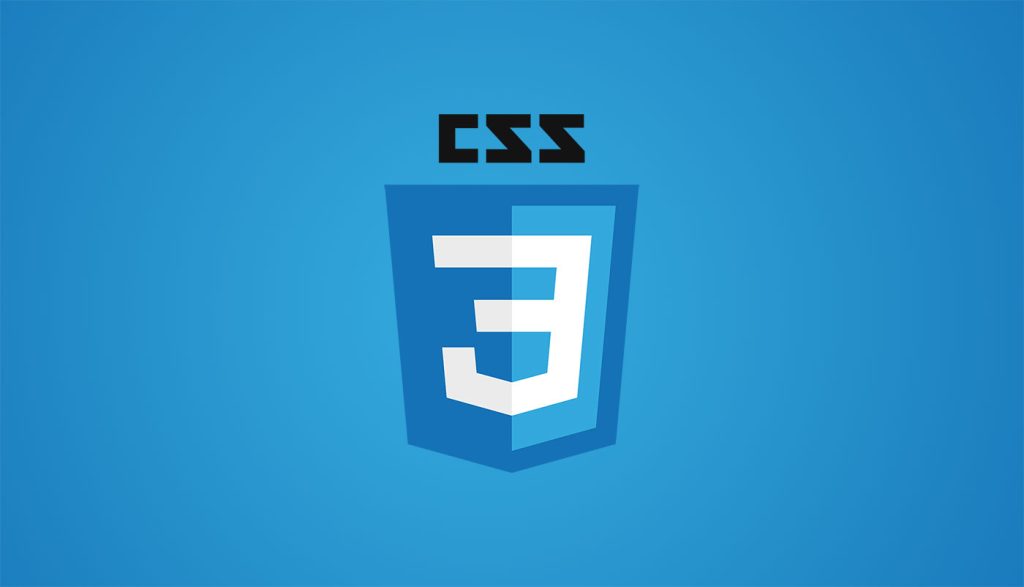
Learning CSS (Cascading Style Sheets) is essential for styling and formatting web pages. Here’s a guideline to help you get started:
1. **Basic Syntax:**
– Understand the CSS syntax, which consists of rulesets containing selectors and declarations. Declarations define the style properties applied to selected elements.
2. **Selectors:**
– Learn about different types of selectors, such as element selectors, class selectors (`.class`), ID selectors (`#id`), and attribute selectors. Selectors help you target specific HTML elements to apply styles.
3. **Box Model:**
– Understand the CSS box model, which defines how elements are rendered in boxes with content, padding, borders, and margins.
4. **Typography:**
– Learn how to style text, including font properties (family, size, weight, etc.).
– Explore text formatting properties like `text-align`, `line-height`, `text-decoration`, and `text-transform`.
5. **Colors and Backgrounds:**
– Understand various color representations (hexadecimal, RGB, HSL) and how to apply colors to elements.
– Learn how to set backgrounds using background-color and background-image properties.
6. **Layout:**
– Learn about positioning (`position` property) and the different values: `static`, `relative`, `absolute`, and `fixed`.
– Explore CSS Flexbox for one-dimensional layouts and CSS Grid for two-dimensional layouts.
7. **Box Sizing:**
– Understand the `box-sizing` property and how it affects the size calculation of elements, especially when using borders and padding.
8. **Responsive Design:**
– Learn about media queries to create responsive designs that adapt to different screen sizes and devices.
9. **Transitions and Animations:**
– Explore CSS transitions (`transition` property) and animations (`@keyframes`) to add smooth effects to elements.
10. **Pseudo-classes and Pseudo-elements:**
– Understand how to use pseudo-classes (`:hover`, `:active`, `:focus`, etc.) and pseudo-elements (`::before`, `::after`, etc.) to apply styles based on element states or add decorative elements.
11. **CSS Frameworks:**
– Consider exploring CSS frameworks like Bootstrap, Foundation, or Bulma, which offer pre-designed components and responsive layouts.
12. **CSS Preprocessors:**
– Learn about CSS preprocessors like Sass or Less, which extend the capabilities of CSS and make your stylesheets more maintainable.
13. **Browser Developer Tools:**
– Familiarize yourself with browser developer tools (e.g., Chrome DevTools) to inspect and manipulate CSS properties on live web pages.
14. **Practice and Projects:**
– Apply what you’ve learned through hands-on projects. Create different types of layouts and styles to reinforce your knowledge.
15. **Stay Updated:**
– CSS is continuously evolving. Stay updated with the latest CSS specifications and browser support for new features.
Remember, practice and experimentation are crucial to becoming proficient in CSS. As you work on more projects, you’ll gain confidence and develop your own style. Happy coding!